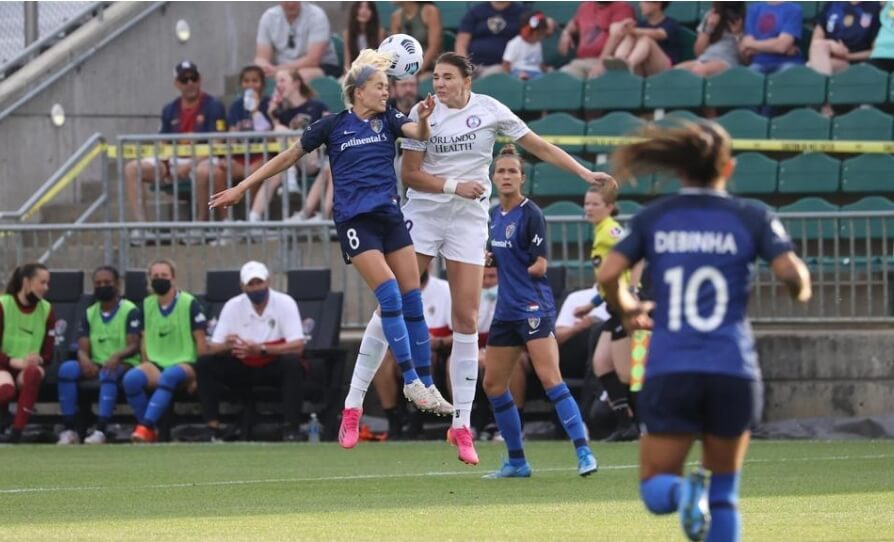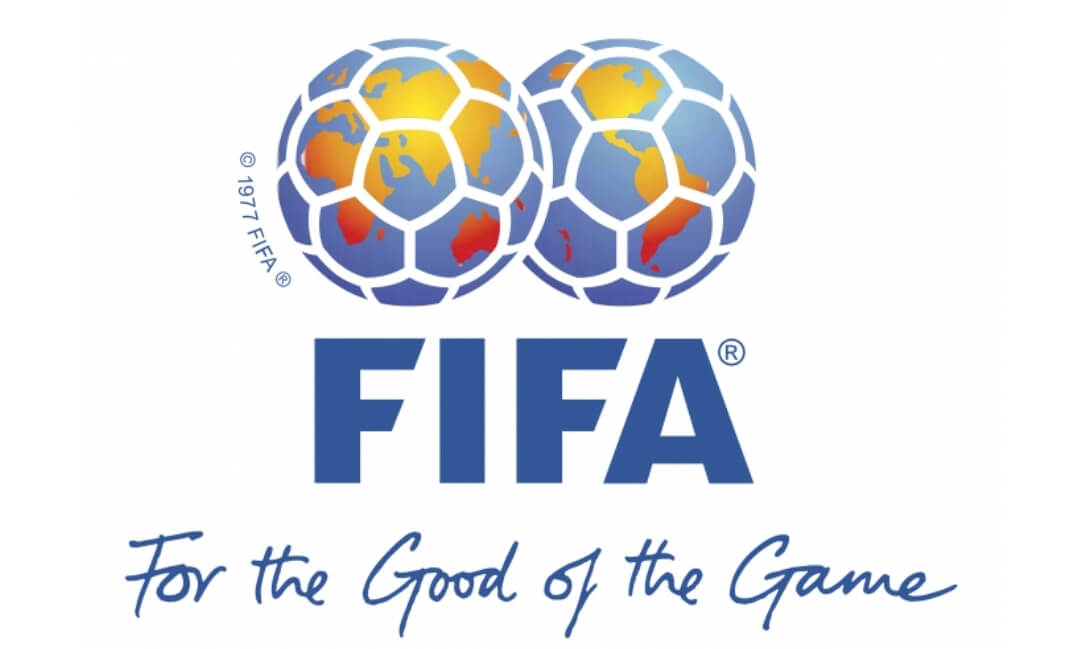Washington prepares to make its pitch to host 2026 World Cup matches

With a global pandemic ongoing and sports facing unprecedented uncertainty, the 2026 World Cup seems like part of a distant future. FIFA has enough concerns about conducting qualifiers for the 2022 tournament, let alone the competition six years from now.
But with the largest World Cup in soccer’s history coming to North America in 2026, spanning three countries and involving 48 men’s teams, the exercise of selecting the estimated 16 venues is beginning to ramp up.
On Tuesday, DC2026, a group entrusted with securing matches for the Washington area, will announce a 40-member advisory board, chaired by local businessman Mark Ein, EventsDC chairman Max Brown and D.C. United goalkeeper Bill Hamid.

Other members are from the civic, diplomatic, business and sports sectors, including Ward 5 Councilmember Kenyan R. McDuffie, famed chef José Andrés and Washington Spirit midfielder Andi Sullivan.
The aim is to persuade FIFA to select Washington as one of about 10 U.S. host cities for the 80-match, month-long tournament. Mexico and Canada are expected to provide three venues apiece in what will be the first World Cup shared by three countries. (South Korea and Japan split the 2002 competition.)
“Too often, people, particularly international, have viewed Washington as a capital city but in a political context,” said Greg O’Dell, president and chief executive of EventsDC, the official events and sports authority for the city. “We have become a cool, hip city. … Those are the types of assets we need to focus on and market.”
Sixteen other U.S. cities or regions are in contention, including Baltimore. The favorites include New York, Los Angeles, Dallas, Miami, the Bay Area and Boston.
The others in the running are Philadelphia; Atlanta; Orlando; Cincinnati; Nashville; Kansas City, Mo.; Houston; Denver; and Seattle. (Chicago did not bid.)
Washington’s bid will include FedEx Field, while Baltimore is putting forth M&T Bank Stadium.
The first time the World Cup came to the United States, in 1994, five matches were played at Washington’s RFK Stadium, which, given its current age (59) and state of disrepair (the city plans to demolish it in the coming years), is no longer a viable option.
FedEx Field and RFK Stadium hosted the Women’s World Cup in 1999 and 2003, respectively. RFK was a satellite venue for the 1996 Olympic soccer tournament.
“D.C. is a world-class experience for visitors of all ages across the globe, with world-leading mobility infrastructure, culturally diverse neighborhoods and attractions, and importantly a proven track record in hosting some of soccer’s most iconic globally recognized moments,” Brown said.
He also said hosting the World Cup would have an estimated economic impact of $500 million and create approximately 3,500 jobs.
The U.S. cities vying for 2026 matches will participate in a FIFA virtual workshop July 7. An in-person seminar in March in Dallas was postponed because of the novel coronavirus pandemic. (The Mexican and Canadian workshops were held as scheduled.)
FIFA, the Zurich-based governing body for international soccer, is planning to hold individual meetings with cities this summer and conduct inspection tours later this year. The venue selection, in conjunction with North American organizers, is expected sometime in 2021.
Washington’s bid theme is “United by the Game.” The proposed practice sites are Audi Field, Maryland SoccerPlex, Trinity Washington University and the Fields at RFK Campus.
FIFA Fan Fest — a large-scale watch party for all tournament matches — would take place on the Mall, between Third and 12th streets NW and along a portion of Pennsylvania Avenue near the Capitol. The National Park Service, however, would not issue a permit until it reviews specific plans in 2025.
“It’s a great platform,” O’Dell said, “that other cities can’t match.”
Although the capital city would seem like a natural for selection, it’s not a sure thing. Because the tournament will take place in three countries, the number of U.S. venues is fewer than if the World Cup had solely been awarded to the United States.
Ten U.S. venues are the most likely outcome, though FIFA could change that total in the next year. The United States is slated to stage 60 of 80 matches, including all from the quarterfinals onward.
Atlanta, Houston and Dallas offer ultramodern NFL stadiums, and Seattle is a soccer hotbed. (Natural grass would be installed in stadiums, such as those in the Atlanta, Dallas and Seattle bids, that use artificial turf.) FIFA could look to smaller markets, such as Cincinnati, Kansas City or Nashville. Orlando was a World Cup venue in 1994.
If Washington’s bid fails to make an impression, Baltimore is less than an hour away.
FedEx Field does not have a fan-friendly reputation, and with the Washington Redskins actively seeking opportunities to leave the stadium when its legal obligations expire in 2027, the venue’s features might not appeal to FIFA.
The Redskins “have been great partners and honest brokers in that they are supporting this bid, recognizing FedEx will be the venue, independent of whatever their aspirations are for a new stadium,” O’Dell said. “We recognize we all need to put our best foot forward, and we anticipate they [will] make sure the venue is ready for play of the caliber of the World Cup.”
Source: www-washingtonpost-com
Christopher Sam is a savvy web designer and developer with advanced knowledge in Search Engine Optimization. The certified Google Trainer is also a trusty contributor to this website.





